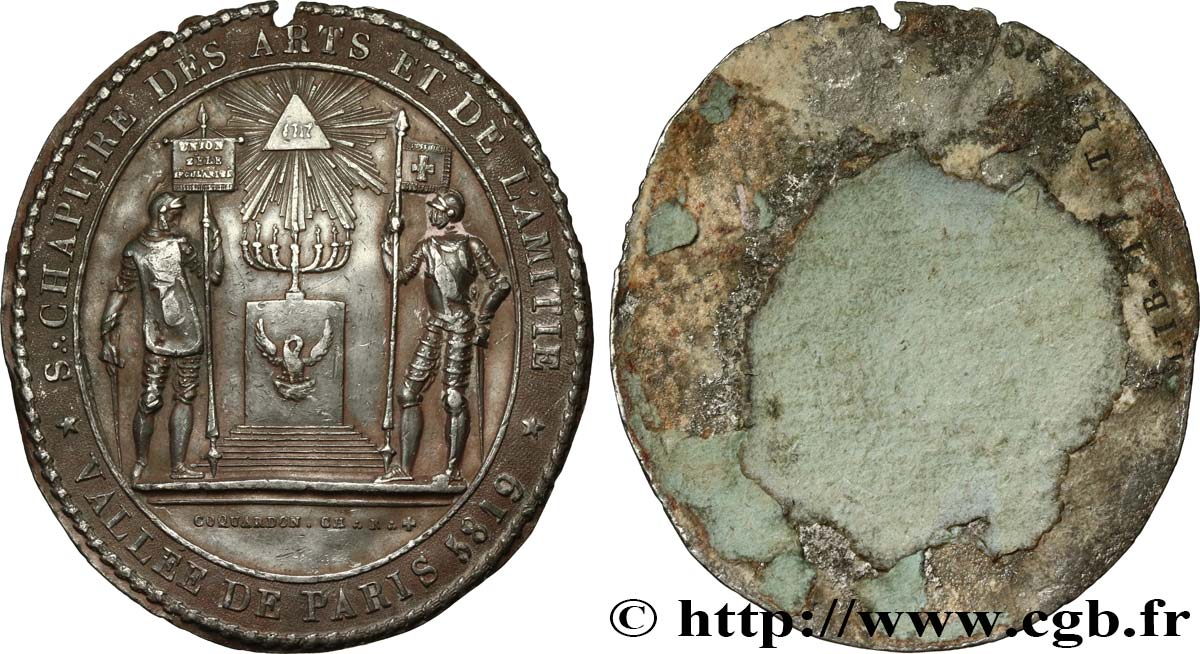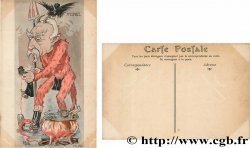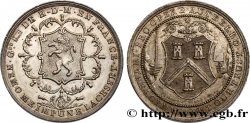fjt_514772 - FREEMASONRY CHAPITRE DES ARTS ET DE L’AMITIé - Sceau ou empreinte n.d.
Not available.
Item sold on our e-shop (2019)
Price : 600.00 €
Item sold on our e-shop (2019)
Price : 600.00 €
Type : CHAPITRE DES ARTS ET DE L’AMITIé - Sceau ou empreinte
Date: n.d.
Metal : tin
Diameter : 50 mm
Orientation dies : 12 h.
Weight : 15,90 g.
Edge : brut
Rarity : INÉDIT
Coments on the condition:
Manque de métal à 12 heures
Catalogue references :
Predigree :
Exemplaire provenant de la Collection JCT
Obverse
Obverse legend : * S :. CHAPITRE DES ARTS ET DE L’AMITIE * / VALLEE DE PARIS 5819.
Obverse description : Sous le triangle rayonnant et le nom de Dieu, un autel et aigle sur la face, est posé un bougeoir à sept branches. Deux soldats de chaque coté. A gauche tien de la main droite une épée, de la gauche une lance et sa bannière avec les inscriptions : UNION / ZELE / REGULARITE. Le soldat de droite tient l’épée de la main gauche, et de la main droite tient une lance ou est fixé un drapeau avec une croix. Sur le pourtour délimité par chaine et liseret . Signé COQUARDON. CH :. R :. +..
Reverse
Reverse legend : UNIFACE.
Commentary
Pour Marc Labouret, la loge est crée en 1806, et démolie par la grande loge Symbolique en 1808, à la suite d’une bagarre en loge ! Elle reprend ses travaux l’année suivante, mais végète jusqu’à la monarchie de juillet. En 1836, le sénat maçonnique sanctionne l’atelier en suspendant ses travaux pendant un an, la loge va tout de même poursuivre les conférences ce qui va déplaire aux autorités. Exemplaire inédit au Labouret.








 Report a mistake
Report a mistake Print the page
Print the page Share my selection
Share my selection Ask a question
Ask a question Consign / sell
Consign / sell
 Full data
Full data



